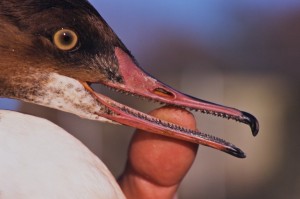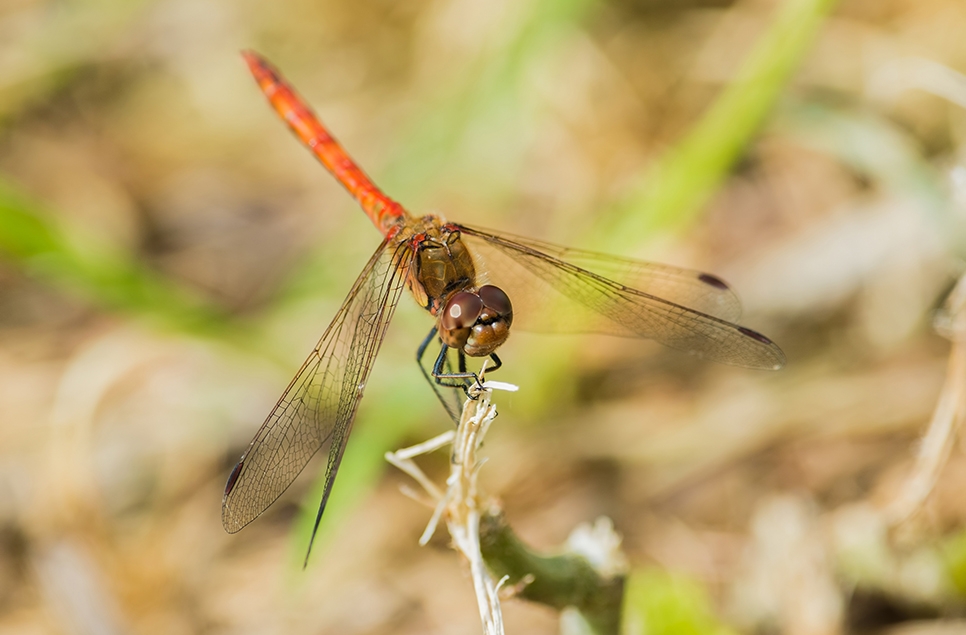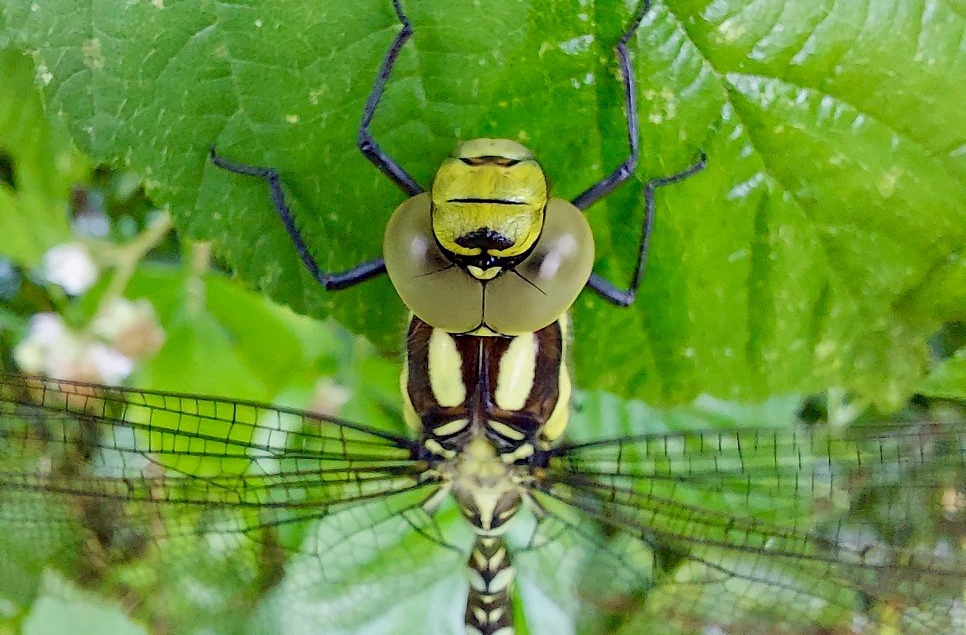Wildlife reserve update


As winter’s chilly grip takes hold, the berry shrubs and trees across site are being quickly depleted by birds fattening up for the season ahead. Recently, our visitors and members were treated to fantastic views and photo opportunities of a flock of 10 waxwing gorging on cherry and hawthorn berries for more than 20 minutes near Hawthorn Wood.
Last week’s snow gave us a brilliant opportunity to take note of the different animal tracks around site. For example, fox, brown hare and stoat were all spotted in Spring Gill, while otter, fox and rabbit were recorded at the saline lagoon.
Friday 7 December saw a bittern fly low over Top Meadow, heading west. At WWT Washington, sightings of bittern have increased in recent years. We think one of the factors could be the development of our reedbeds, a habitat which this bird is associated with.
Wader Lake has been frozen for the last week, so most of the birds have moved onto the river or the reservoir, which has remained ice-free. A recent count along the river noted seven goosander and two goldeneye, while 30 tufted duck and two shelduck were recorded on the reservoir. Despite Wader Lake being frozen, more than 300 curlew and 100 redshank are still visiting there to roost - on the ice!
Other autumn/winter visitors include goshawk, common buzzard, little grebe, siskin, lesser redpoll, mistle thrush and redwing.
The willow has been coppiced and pollarded along Wader Lake footpath and the non-native snowberry and rose has been removed. We are now chipping the branches and brash from all of the tree work and will be using it on the new amphibian/wildlife path, as well as replenishing Hollowood path.
Look out for one of the highlight species of the autumn/winter at WWT Washington – the goosander

The goosander is a member of the sawbill family of diving ducks, so-called because of their long, serrated bills, used for catching fish. A largely freshwater bird, the goosander can often be seen on the River Wear at this time of year.
Look out for a duck that is bigger than a mallard and has a long red beak. The females are brown, white and grey and the male is black, white and grey. The goosander spends most of its time on the water and often dives underwater to catch fish. If goosanders are present on the river, the best place to view them is along Wader Lake.



